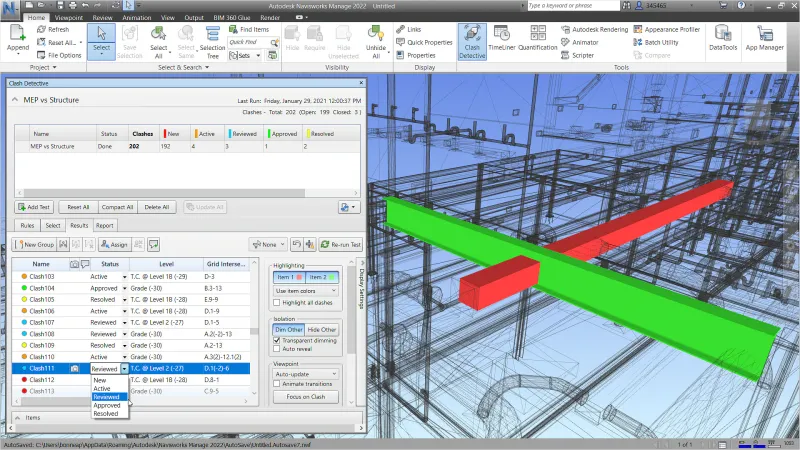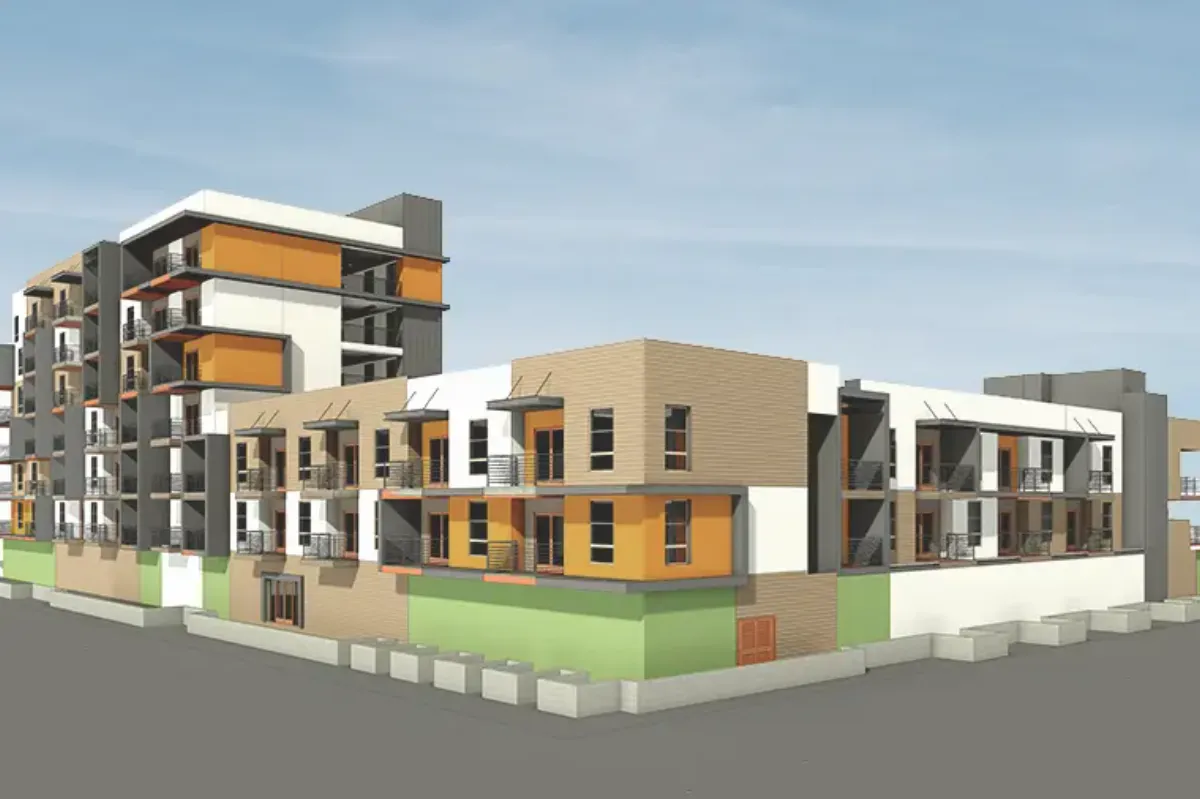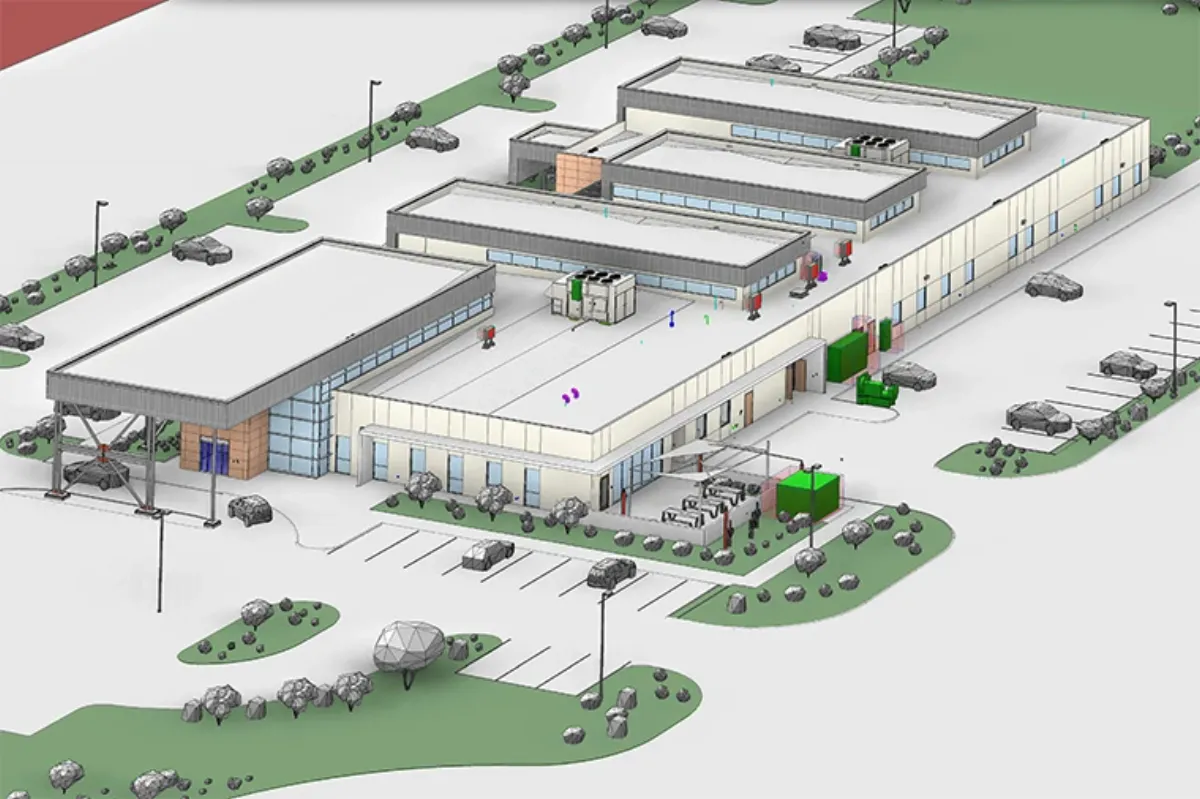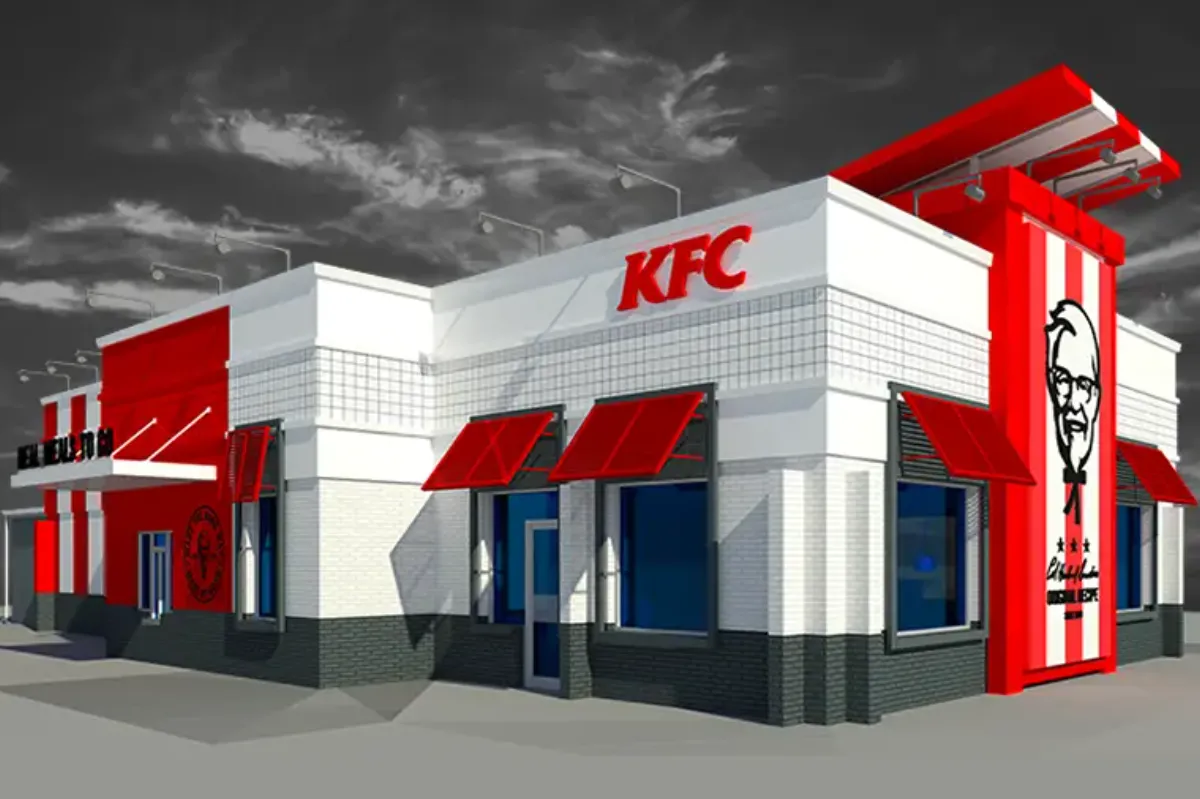Temple Apartments, California
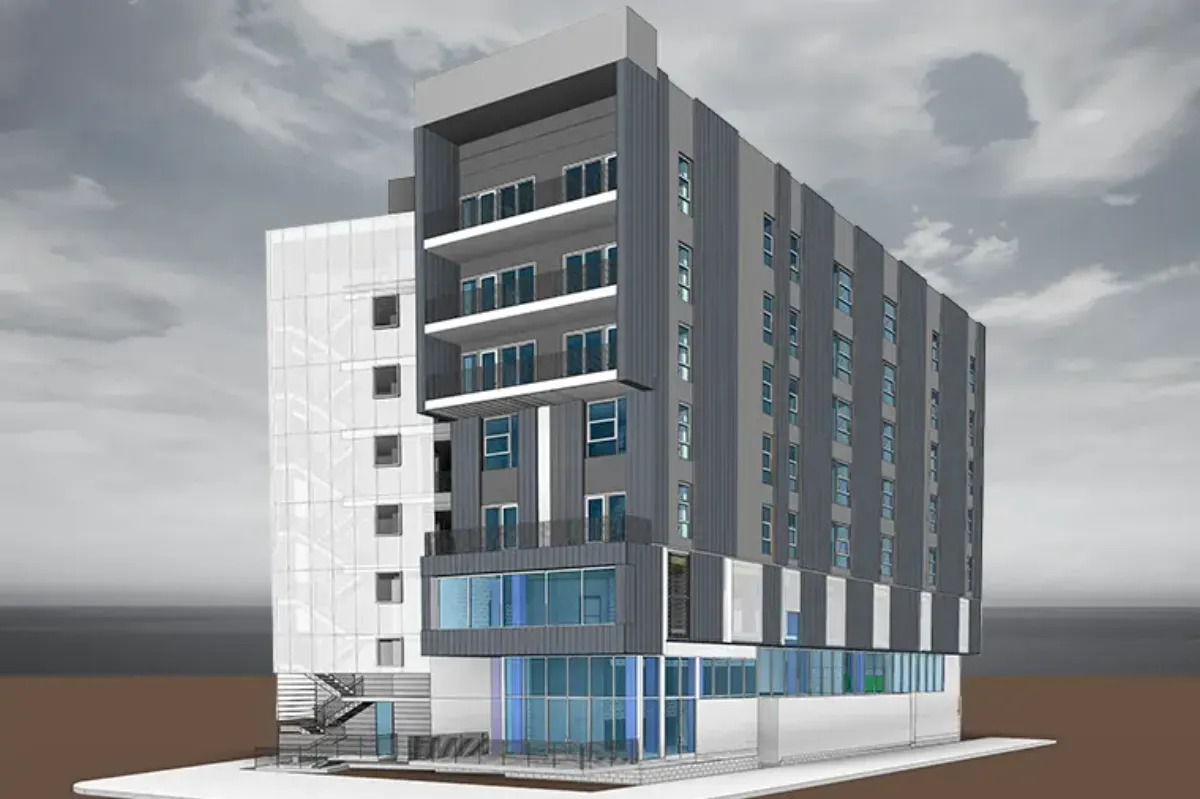
Case Study Description: Awarded from repeat client, AEODC was brought on board to deliver the defined scope. Having a proven track record of implementing BIM Technology of complex projects, AEODC worked closely with the Architecture and Structure Design team to understand their requirements for resolving complex clashes found among ASMEP Discipline. The scope of work included in the project: Revit Modeling: Creating detailed 3D models of the architecture, structure and MEP systems using Autodesk Revit software. Virtual Construction Study Report: Preparing detailed clash report highlight clashes and suggesting ways to resolve clashes between various trades, ensuring smooth construction execution. The strategies implemented for successfully delivering the project: Optimized Workflows: Releasing the clash report in two phases namely Phase 1 & Phase 2 led to quick issuing of clash reports on-site. Phase 1 – Parking levels of ASMEP clashes, followed by Phase 2 – Units ASMEP clashes Collaborative Approach: Fostering strong collaboration between the design team and the construction team to ensure timely issue resolution. Thereby giving the client & various stake holders ample time to update drawings & coordinate on their end. Quality Assurance: Implementing rigorous quality control measures to maintain accuracy and consistency throughout the project. By successfully addressing these challenges, AEODC delivered a complex yet interesting BIM project that facilitated efficient construction and minimized costly errors and delays in record time at site.
Key Facts
View key facts for "Temple Apartments, California".
Tools Used in the Case Study
Discover which tools and technologies were used for "Temple Apartments, California".
User Experience
View user experience for "Temple Apartments, California".
The main reason behind choosing Building Information Modeling (BIM) using Autodesk Revit as the primary tool and solution for the Temple Apartments project was the complexity of the design and the need for precise multidisciplinary coordination. Temple Apartments is an 8-level residential building with integrated parking garages and multiple apartment types, which demanded seamless collaboration between architectural, structural, and MEP (Mechanical, Electrical, and Plumbing) disciplines. Traditional 2D drawings or siloed design approaches could not provide the level of accuracy required to avoid costly clashes during construction. By adopting Revit-based BIM workflows, AEODC ensured that all stakeholders worked within a single integrated 3D environment, enabling real-time clash detection and improved visualization of critical details such as floor joists, wall studs, and ADA-compliant parking layouts. One of the key drivers for selecting this solution was the ability to conduct a Virtual Construction Study Report, which highlighted design conflicts before they translated into expensive on-site rework. This proactive approach not only saved significant time but also ensured compliance with accessibility standards. Furthermore, Revit allowed for phased clash reporting, releasing findings for parking levels first and then apartment units, which streamlined on-site execution. The result was a highly coordinated, quality-assured model that reduced delays, minimized risks, and provided the client with confidence in the construction process. The choice of Revit and BIM was therefore essential to achieving efficiency, accuracy, and long-term project success.
The use of BIM technology and Autodesk Revit was implemented early in the design development and pre-construction phase of the Temple Apartments project. Since the building consisted of multiple disciplines—Architecture, Structure, and MEP (Mechanical, Electrical, and Plumbing)—the integration of BIM at the beginning of the project life-cycle was critical to avoid clashes and ensure a smooth transition into construction. By bringing AEODC on board at this early stage, the client was able to leverage BIM not only for 3D modeling but also for virtual construction planning, clash detection, and design coordination before the physical work began on-site. During the design coordination stage, Revit models were developed for each discipline and then integrated to create a federated model. This allowed AEODC to run clash detection studies and prepare detailed reports that highlighted design conflicts, particularly within the parking garages and apartment unit layouts. Importantly, BIM was used before the construction documentation stage, so any identified issues could be resolved in the design drawings, saving the client significant time and costs during execution. Additionally, during the construction planning phase, BIM continued to play a role through phased clash reports (Parking → Units), ensuring that site teams had updated information at each stage. This proactive use of technology early and throughout the project life-cycle enabled efficient decision-making, ADA compliance, reduced rework, and streamlined project delivery.
-
The adoption of BIM technology with Autodesk Revit on the Temple Apartments project delivered a measurable business impact by significantly improving efficiency, reducing costs, and optimizing project delivery. For a complex 8-level residential building with integrated parking garages, traditional methods could have resulted in costly rework, delays, and compliance challenges. By using BIM from the design stage, AEODC ensured that potential clashes were detected and resolved virtually before reaching the construction site. This proactive approach reduced expensive change orders and site-based conflicts, leading to substantial cost savings for the client. One of the key ROI factors was time efficiency. AEODC developed the topographical and building models within a record time of three weeks and released phased clash reports, allowing site teams to resolve issues in stages. This process accelerated decision-making and ensured construction could proceed without interruption. The BIM-enabled Virtual Construction Study Report gave stakeholders a clear roadmap for addressing design conflicts, minimizing project risks, and ensuring ADA compliance without delays. Financially, the use of BIM helped reduce rework costs by up to 30–40%, while also compressing the overall project timeline. Beyond cost and time savings, BIM delivered strategic benefits such as improved collaboration, better stakeholder coordination, higher-quality documentation, and long-term model accuracy for facility management. In conclusion, the business impact of BIM for Temple Apartments extended far beyond immediate savings—it enhanced project predictability, built client trust, and positioned AEODC as a reliable partner capable of delivering complex projects with precision and efficiency.
-
-
Similar Case Studies
View similar case studies to "Temple Apartments, California".


